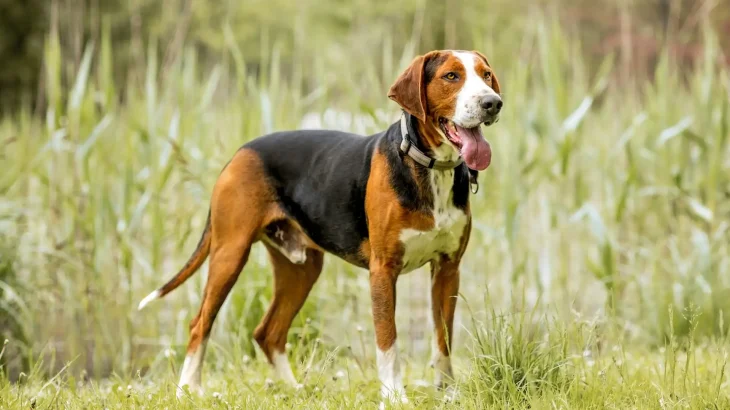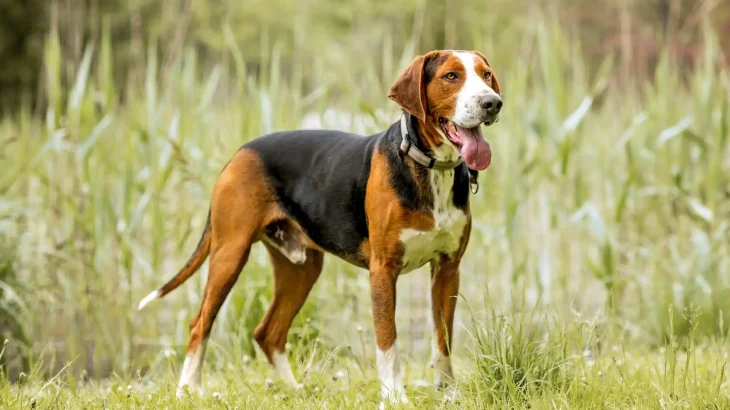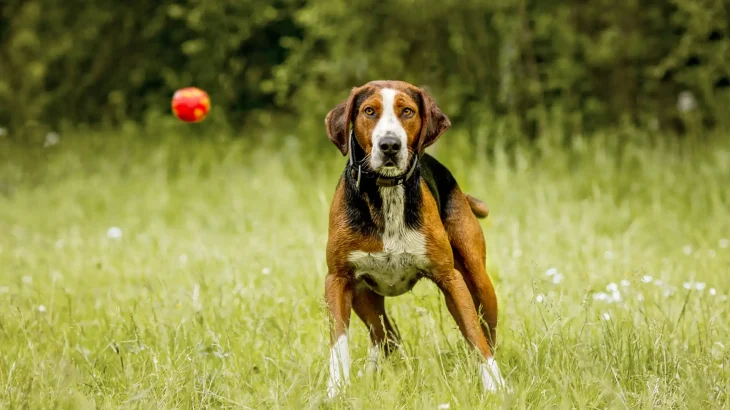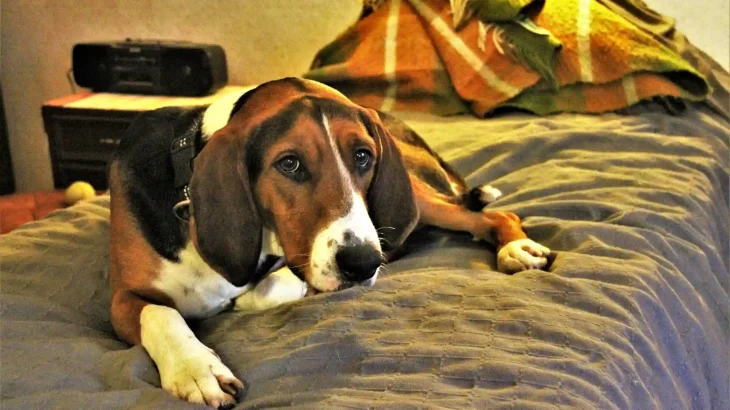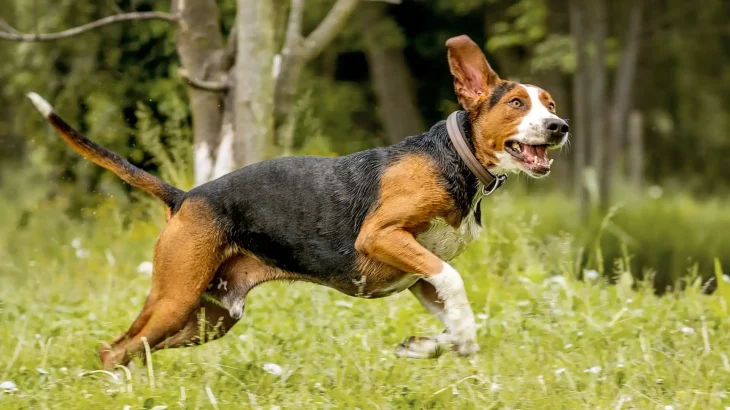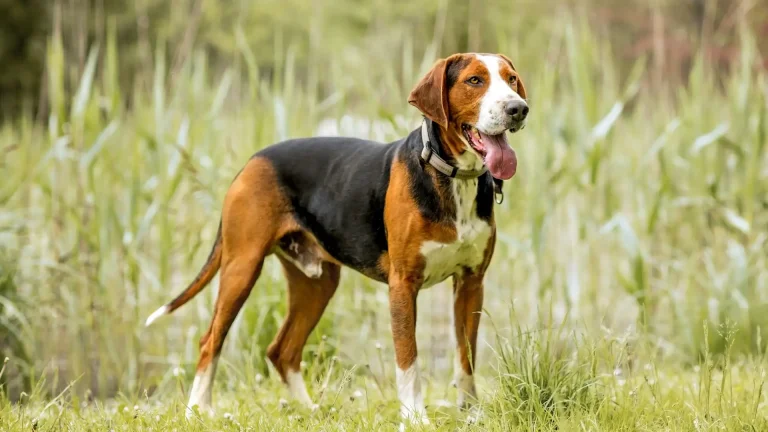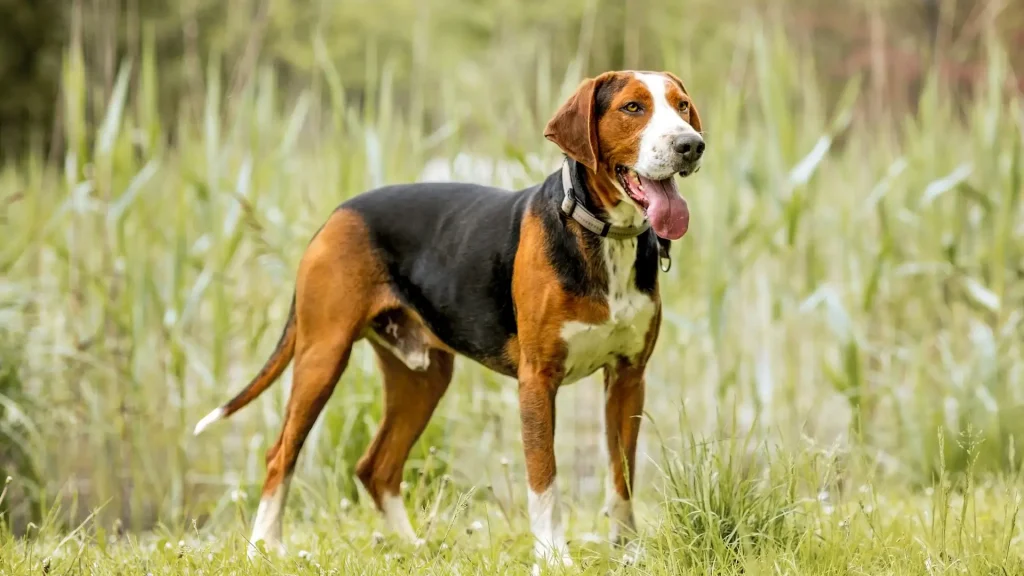When deciding to welcome a Finnish Hound puppy into your home, you can either adopt or purchase from a breeder. Each option offers unique benefits and considerations, especially regarding health transparency and ethical concerns tied to the breed.
Adoption vs. Breeder: Pros & Cons
| Criteria | Buying from Breeder | Adopting from Shelter/Rescue |
|---|---|---|
| Cost | Generally higher upfront cost reflecting breed purity and breeder expenses. | Usually lower fees that cover basic medical care and vaccinations. |
| Health History | Comprehensive health records and genetic testing often available. | Health history may be incomplete; medical checks provided by shelter. |
| Age Availability | Primarily puppies, allowing training and bonding from an early age. | Wider age range including adults, potentially faster adaptation. |
| Temperament Insight | Breeders provide details on lineage and behavioral traits. | Temperament observed through shelter stay but with unknown background. |
| Ethical Considerations | Supports ethical breeding if breeder is responsible; risk of puppy mills if not careful. | Gives homes to dogs in need; reduces shelter overcrowding. |
| Breed Purity & Pedigree | Clear pedigree and breed standards assured. | May include mixed breeds; purebred status often uncertain. |

